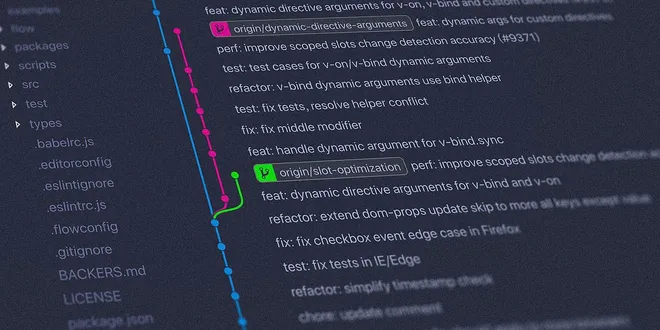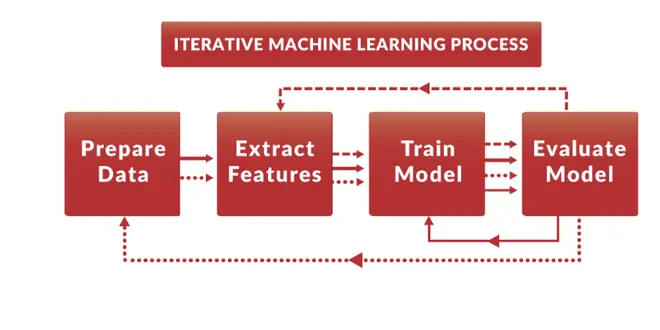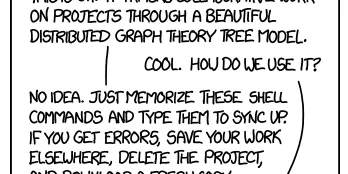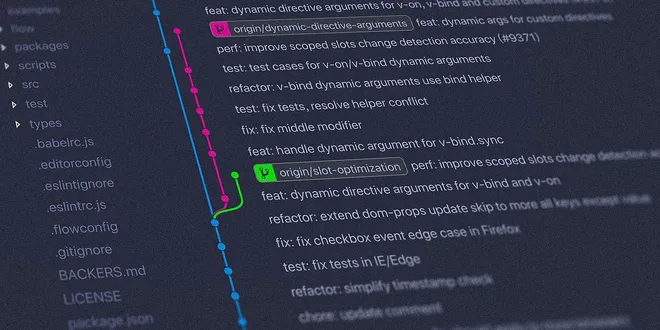Version Control for Models
Version control for models is a critical practice in machine learning and data science that involves tracking and managing changes to machine learning models over time. This process allows data teams to document modifications, ensuring reproducibility and facilitating collaboration among team members. By implementing version control, teams can easily identify what changes were made, when, and by whom, which is essential for diagnosing issues and improving model performance. Additionally, version control enables quick rollbacks to previous model versions, safeguarding against potential performance degradation after deployment. Overall, it enhances project organization and efficiency in the development lifecycle.

Version Control Your ML Model Deployment With Git using Modelbit
Develop, deploy, and track! Photo by Yancy Min on Unsplash Introduction Version control is critical to all development processes, allowing developers to track software changes (code, configurations, ...
📚 Read more at Towards Data Science🔎 Find similar documents

Version Controlling in Practice: Data, ML Model, and Code
Version control is a crucial practice! Without it, your project may become disorganized, making it challenging to roll back to any desired point. You risk losing critical model configurations, weights...
📚 Read more at Towards Data Science🔎 Find similar documents

What is version control
Version control, also known as source control, is the practice of tracking and managing changes to software code. Version control systems are software tools that help software teams manage changes to ...
📚 Read more at Atlassian Git Tutorial🔎 Find similar documents

How to Version Control your Machine Learning task — I
A component of software configuration management, version control, also known as revision control or source control,[1] is the management of changes to documents, computer programs, large web sites…
📚 Read more at Towards Data Science🔎 Find similar documents

A Quick Primer to Version Control Using Git
Version control is a type of system that allows you to keep track of changes made to your code over time. As such, version control is useful because: As coding is an integral aspect of data science…
📚 Read more at Towards Data Science🔎 Find similar documents

The DVC Guide: Data Version Control For All Your Data Science Projects
As data scientists, we experiment with different versions of code, models, and data. Additionally, we even use version control system like Git to manage our code, track versions, move forward and…
📚 Read more at Towards Data Science🔎 Find similar documents

Data Versioning for Efficient Workflows with MLFlow and LakeFS
Version Control Systems, such as Git, are essential tools for versioning and archiving source code. Version Control helps you keep track of the changes in the code. When a change is made, an error…
📚 Read more at Towards AI🔎 Find similar documents

Introduction to Data Version Control
What is Data Version Control (DVC)? Any production-level system requires some kind of versioning. A single source of current truth. Any resources that are continuously updated, especially simultaneous...
📚 Read more at Towards Data Science🔎 Find similar documents

Getting Started With Version Control
Version Control is an absolutely critical component to developing that every coder should be familiar with. Version Control is a logging system which records the history of your code so that the…
📚 Read more at Level Up Coding🔎 Find similar documents

Introduction to DVC: Data Version Control Tool for Machine Learning Projects
Git is a powerful tool for version control. It allows you to go back and forth between different versions of your code without being afraid of losing the code you change. As a data scientist, you…
📚 Read more at Towards Data Science🔎 Find similar documents

Overview of GIT Version Control System
In software engineering, version control (also known as revision control, source control, or source code management) is system responsible for managing changes to computer programs, documents, large…
📚 Read more at Analytics Vidhya🔎 Find similar documents

Version Control or Die
As a programmer, one thing I’ve learned the hard way is that version control is not just a nice-to-have — it’s a necessity. In fact, I would go so far as to say, “Version Control or Die.” That might s...
📚 Read more at Level Up Coding🔎 Find similar documents

